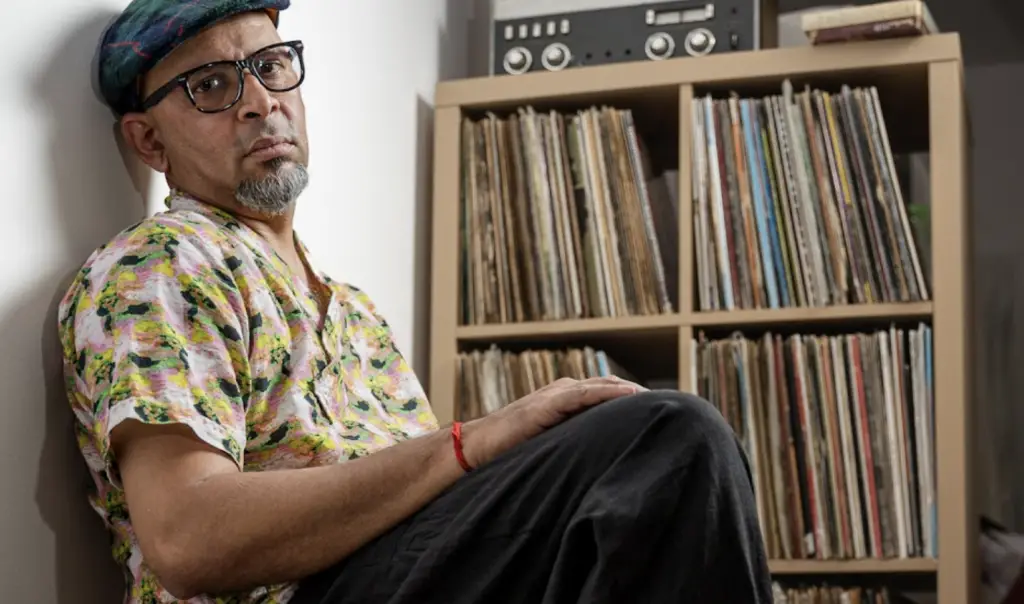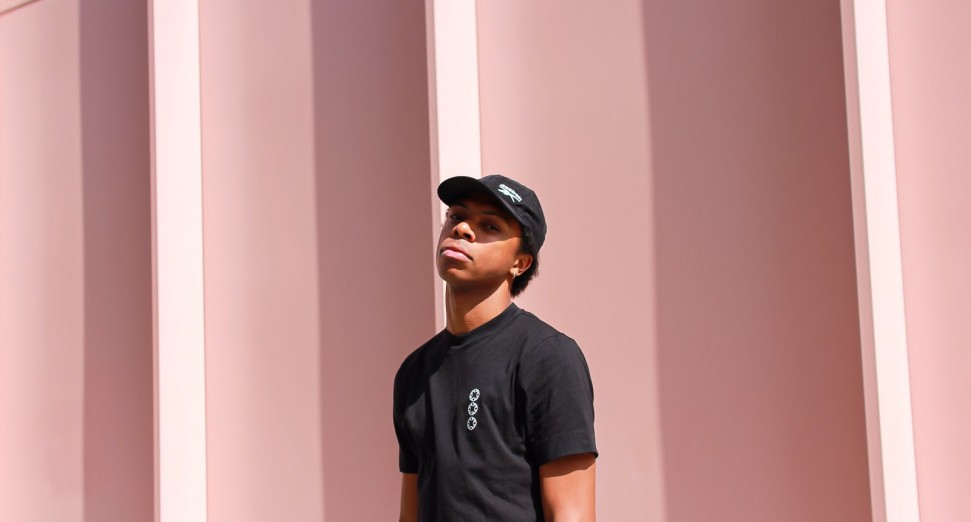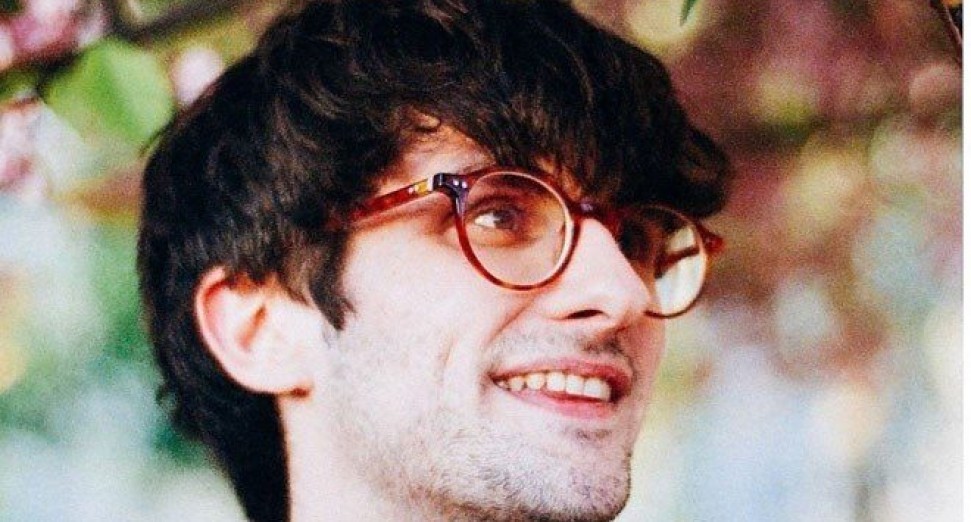
Exclusive Premiere: Unnayanaa’s “I Tried It” Brings House Grooves and Poetic Storytelling
Image Credit: Shreesh Balsa
Unnayanaa doesn’t follow trends—he follows instinct. His latest track, I Tried It, locks into a groove built for the club while pushing house music into new territory. Teaming up with Brooklyn-born spoken-word artist Mal Griot, he lays down rolling percussion and deep bass while Griot’s vocals pull you into the story. Before the official release, we’re giving you an early listen—stream it now, only on our SoundCloud.
Unnayanaa has spent years refining his sound, blending Afro-house, jazz, and global influences with a DJ’s sense of movement. From Boiler Room Bangalore to releases on labels like Itstillmusic and Wind Horse Records, his approach stays raw and personal. I Tried It builds on that, channeling his love for rhythm into something fresh but familiar.
We caught up with Unnayanaa to talk about finding his sound, trusting instinct over trends, and why great music needs a human touch. Read the full interview below, and hit play while you do—this one deserves your full attention.
Who are the artists or sounds that most shaped your style early on?
As a South Asian, it’s impossible to escape the influence of the Sitar and Tabla. I also have lived and grown up in various cities across South India. So I was also fortunate to be immersed in the rich world of Carnatic music from an early age. My foundational influences included legends like Zakir Hussain, Ravi Shankar, Ananda Shankar, K.L. Saigal, M.S. Subbulakshmi, Vikku Vinayakram, and L. Subramaniam.
As I ventured into music production, my fascination with percussion deepened, especially through the work of Trilok Gurtu. Later, in the realm of House music, artists like Joe Claussell and Osunlade truly inspired me, shaping the way I approach rhythm and groove in my productions.
What’s the one sound or technique that you think defines your signature style?
Rhythmic chord structures are a key element in most of my music. I’m naturally drawn to chords, but rather than strictly following music theory, I prefer to let my ear guide me. I enjoy experimenting—adding a color note here and there—to create something that just feels right.
Why do you think it’s important for artists to focus on developing their own sound rather than chasing trends?
I believe every artist is on a constant journey of evolution. Finding your own sound is crucial because it becomes the foundation for that growth. Whether you’re following trends or not, it is good to be aware of the trends and maybe even reinterpret it in your own way.
This approach allows you to stay relevant without sounding trendy, ensuring that your evolution remains authentic and true to who you are.
What’s one piece of advice you’d give to an artist who’s struggling to find their sound?
Over the years after meeting many great artists I found this to be true. When you’re a nobody and do what nobody does, you sound different straight away. When you’re well known for what you do there’s pressure to do exactly that all the time. If you’re not afraid to become a nobody time and again and do what nobody does, you’ll always find a new sound that you never thought you could find.
Bottom line: Don’t be afraid to be a nobody.
What’s the one element every track you release has to have to feel complete to you?
My tracks have to have a musician’s touch to feel complete. It doesn’t have to be a recording of an acoustic or a musical instrument. It doesn’t even need a musician playing on it. But as a producer I try to make my tracks feel like there’s a human touch even with analog instruments.



